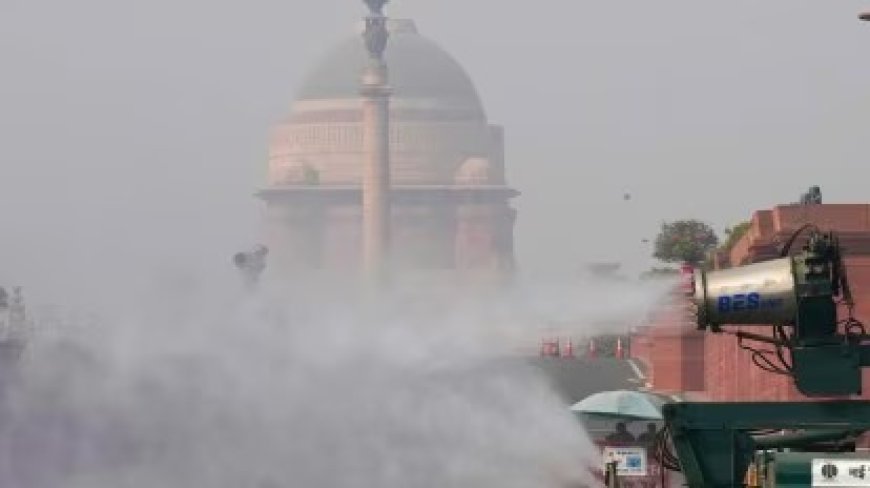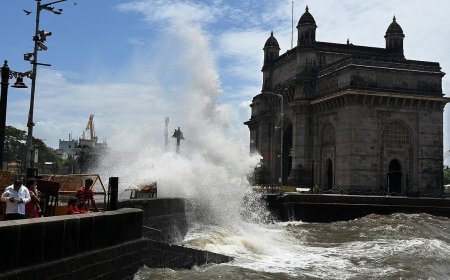India: A recent study published in Lancet Planet Health has revealed that no Indian city meets the World Health Organization's (WHO) air quality standards. Even if air quality levels had been in line with WHO recommendations, the study estimated that around 0.3 million deaths could still have occurred due to long-term exposure to air pollution.
The study found that 81.9% of India's population lives in areas where air quality exceeds the country's National Ambient Air Quality Standards (NAAQS) for PM2.5 particles (40 µg/m³), significantly higher than the WHO's safe limit of 5 µg/m³. This has resulted in 1.5 million deaths annually linked to poor air quality.

Experts, including Dr. Dorairaj Prabhakaran, highlighted that while reducing pollution to the NAAQS levels could save lives, achieving WHO-level standards would have a significantly greater positive health impact. Air pollution has been linked to respiratory diseases, heart attacks, strokes, high blood pressure, and developmental delays in children. Moreover, every 10 µg/m³ increase in PM2.5 particles raised the risk of death by 8.6%.
The study spans from 2009 to 2019, using data from India’s civic registration system and pollution estimates from ground stations and satellites. The findings underline the urgent need to address air pollution, with significant contributors such as vehicle emissions, construction, and crop burning.




 Previous
Article
Previous
Article












